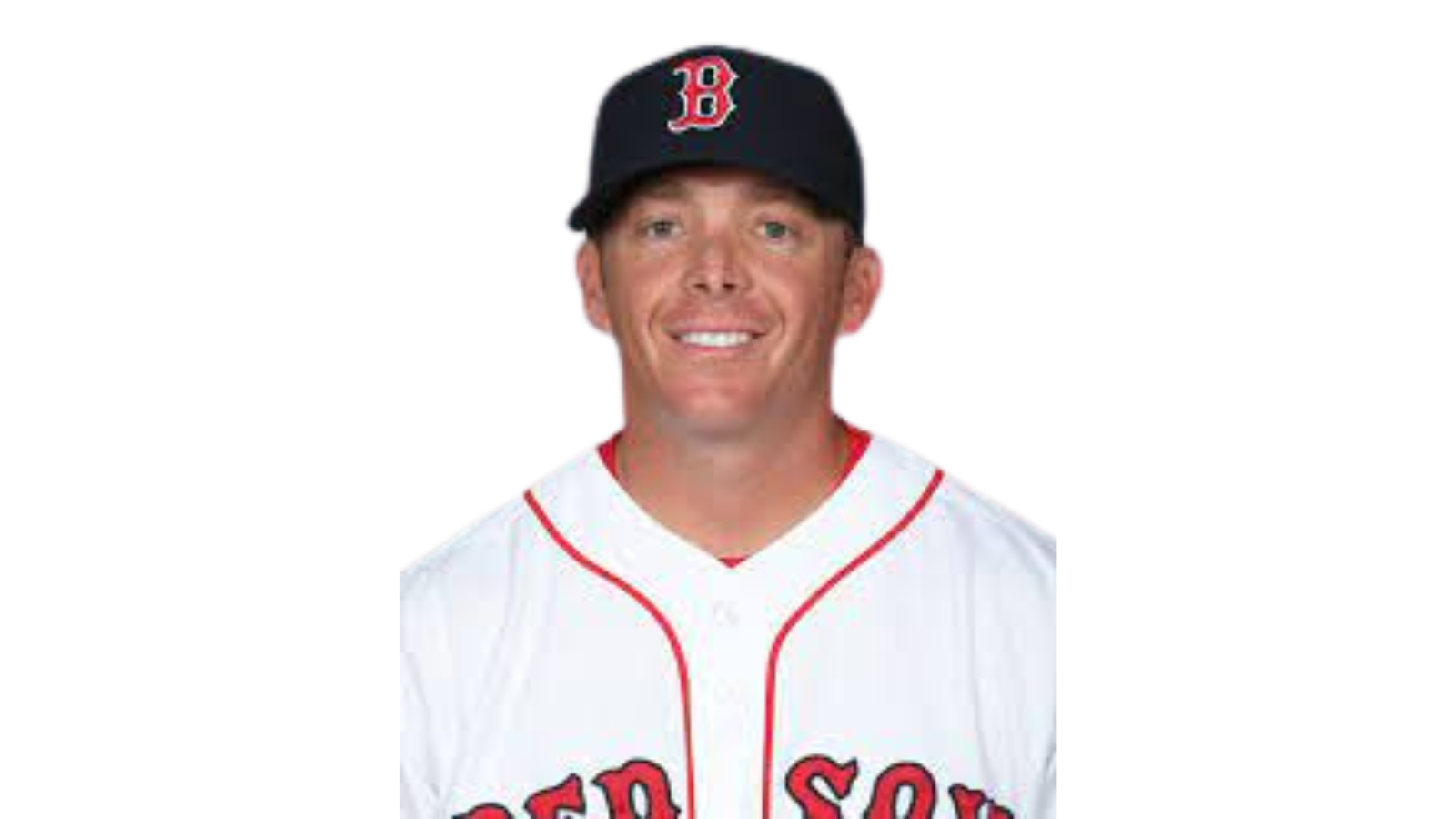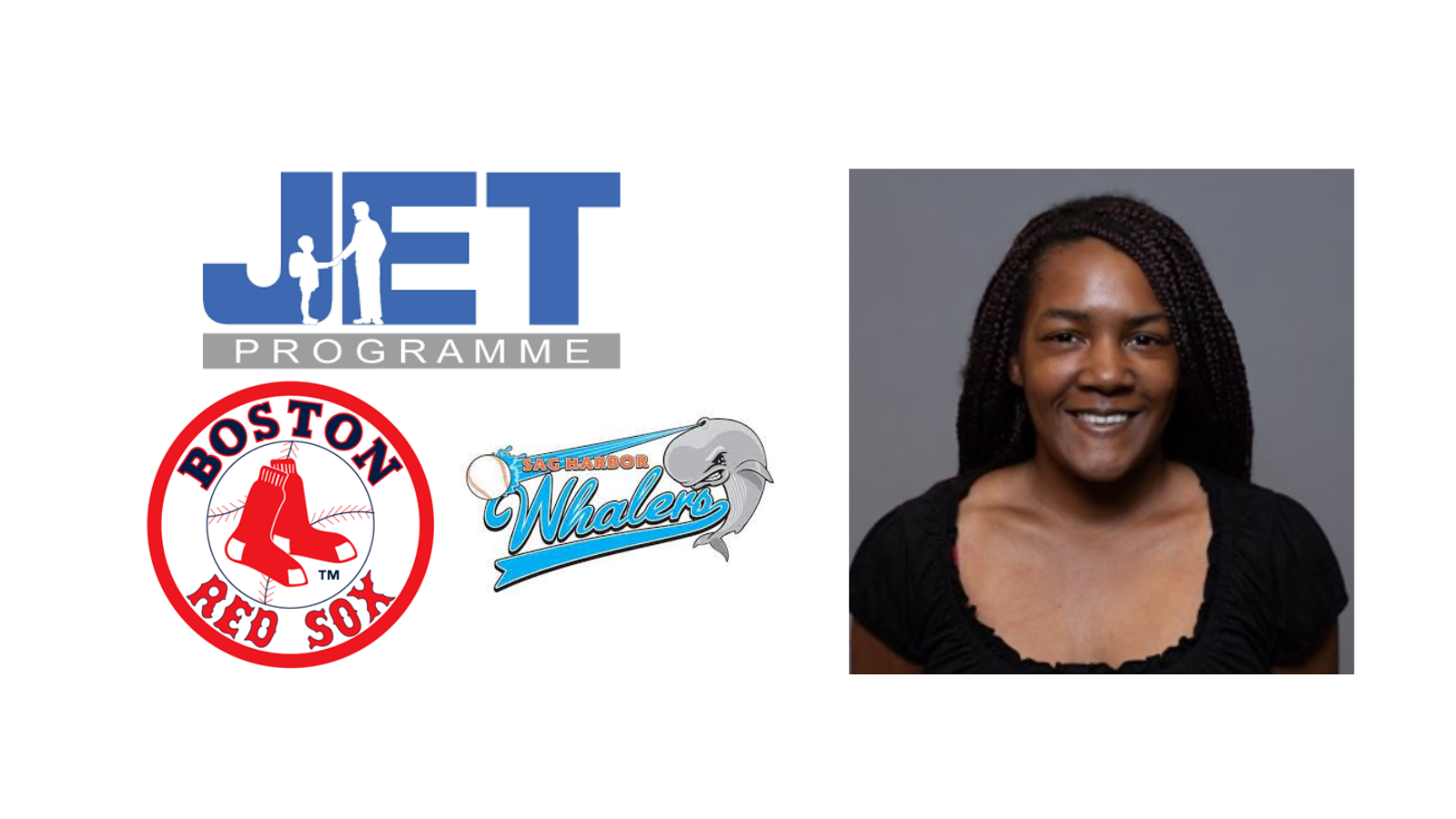Carlos Muñoz is a native of Venezuela who moved to the states as a teenager and began his career as a Spanish-language TV anchor and then sportswriter in Houston. A career change netted him an opportunity with the Astros as an associate scout and then nine seasons as a bullpen catcher (even though Muñoz had only minimal collegiate catching experience).
He’s since been an associate scout with the Reds and was the catching coach for Team USA at this year’s World Baseball Classic. Now, he works with catchers in the area as both a volunteer baseball coach and private instructor to kids ages 8-17. He works with up to 21 kids per week.
We spoke to him as part of our series on coaching defensive excellence that began with four interviews last year and now two more this season. The interview has been edited for length and clarity. Thanks to Paul Carr of TruMedia Networks for the introduction.
Mark: What does defensive excellence mean to you?
Carlos: One thing I teach to my guys: You are a big wall behind the plate. If we have a situation where they have a runner on third base and we need to throw a breaking ball, like a low breaking ball to this batter, I trust you because we’ve been working on this. I’m not gonna worry about a passed ball or wild pitch because you’re gonna be keeping the ball in front of you and doing it for the team.
Mark: How did you learn to be an excellent defensive catcher?
Carlos: I caught three innings in college, in junior college. And it was because my junior college coach told me, ‘You know what, we’ve got somebody at second base, third base is covered. Why don’t you catch it today? And we’ll see what happens.’
The leadoff guy for the other team got on base and he ran on me and then I remember catching the ball, transferring the ball, and throwing as hard as I could to second base. And I got this guy out by five feet.
The second time I caught was when I was working with the Astros as a BP pitcher, shagging flies in the outfield, and the bullpen coach, Doug Brocail, said, ‘We need you in the bullpen.’ So, I was catching guys in the bullpen during BP. From that day on, everything started.
Mark: What do you tell kids about the mental side of catching?
Carlos: Well, first of all, I tell ’em, dude, you are my extra coach out there. I want you to call your game.
Sometimes they look at me like, ‘What do I do here, coach?’ And I say, I don’t know. It’s up to you. Let’s go be smart. And then they look again after that pitch.
I tell them that I want them to let me know when they notice their pitcher losing speed, like he’s getting fatigued. I want you to be their leader out there.
I’m going to correct you throughout the game, but don’t take it personal. Be smart. Alright? Read tendencies from the batters.
Mark: How do give a kid that’s eight years old, nine years old, that’s still kind of wondering if he should be doing this, the courage to squat behind the plate and take it?
Carlos: Be involved in the game pitch by pitch and be vocal and have fun. Don’t show negative body language if an umpire calls a pitch a ball. Talk to your pitchers, talk to your infielders, talk to the outfielders.
If you get hit, it’s part of the process. If you get hit and then you cry, it’s part of the process. If you get hit and then you get scared, pick another position. It’s part of the process. I love catching. That’s what I tell them every day.
Mark: How do you teach blocking pitches?
Carlos: I tell them to get on their knees, show me their target. As soon as the ball hits your chest, make sure you go after the ball. Don’t let the ball run away from you.
I also tell him there’s no rules for blocking.
You might get to the side, to the left or the right, and then you keep the ball in front of you and you think that was an ugly block. That’s fine as long as you keep the ball in front, that’s what really matters. Don’t try to do too much.
Get there on time. Keep the ball in front. Don’t try to do too much.
Mark: How do you teach receiving the ball?
Carlos: Some guys, they show the target and then they show (the back of their hand), and then they drop the hand. I tell them that if they do that, they’re going to end up pushing away the outside pitch, turning a strike into a ball.
I teach them to have a pre-pitch target and then drop the hand, relax your body, locate the pitch, and go from there. I tell them from the chest to the shoulders that they have 100% control of the pitch. But what I care about is from (the waist) to the ankles. Because when the pitcher throws a low pitch, they can catch the ball and bring it up in one move.
Mark: How do you teach basestealing prevention?
Carlos: I’m coaching an under-14 team now and this is what I tell them. It’s like a basketball pickup game. I tell the second baseman, shortstop, and first baseman to know that the runner is taking a big lead. The guy getting to second base because one of you dropped the ball on that – that’s not acceptable.
The pitchers, they work hard during the week and when it comes to Friday and Saturday, they want to break the radar gun. They want to throw in the 80s. With a runner on first base, they say they’re going to screw the slide step. But you’ve got to go slide step and give your catcher an opportunity to throw.
Mark: What are the most common mistakes that you see kids that you try to fix with all the things that I’ve asked about?
Carlos: I will say it’s more consistency. We work on receiving and throws to the bases and even how we show the signs, because some catchers show signs with their knees wide open.
We went through everything, he did everything perfectly, but in games, he forgot. But we’ve got to be patient and look for consistency in everything.
Mark: Are there players who you show them video of – or they show video to you and say they want to be like them?
Carlos: Yeah, they say I like the way Jose Trevino or J.T Realmuto catches. So, I tell them to go do bullpens, catch a real pitcher (as opposed to a pitching machine) and do what J.T. and Trevino are doing. Show me your target, load or relax your body, and then go from there.
Mark: Do you have go-to drills?
Carlos: I have an eight-pound little medicine ball that I have them do a 10-minute warmup with. After 8 minutes, some guys, they’re like, ‘Oh my god.’
They catch the ball with two hands, and they do some full motion and footwork to second base, like six, seven reps. Okay, let’s do third base. Now let’s do first base. And then the last three, I want you to react to backpicking this guy on first base from your knees. And I put them in front of a brick wall and do the same thing. After 10 reps, they’re ready to go.
Mark: Do you do that with 8-year-olds too?
Carlos: Sure. I have this guy, he’s 10, he’s got some power, he’s got some real strength. So that a 2-pound ball for him.
Mark: Is there anything you’re planning to work on with catchers more?
Carlos: Some guys, they tend to frame strikes, like they catch the ball here (in the zone), a perfect pitch, and then they go from here (in the zone) to here (moving it away from the zone).
I’m like, dude, didn’t you notice that was a perfect pitch from your pitcher? If the pitch is in front of your mask, leave it there.
I’m trying to get more consistency. Consistency, because you can teach, you can spend 15 to 20 minutes on receiving or even more. And then these guys, they go back to the field, to the real action, and then they completely forget about it.
So, I’m trying to get to how I can get guys to be more consistent on receiving. I show more videos on how big league guys are catching from pitch No. 1 to pitch No. 95 with the same receiving consistency.
Mark: Is there anything else that you want to address?
Carlos: For those catching coaches out there, just try to teach the consistency side of the game, just keep it simple.
I have so many kids telling me that a catching coach told them to do this (like blocking and then sliding to the left or right). No, you’re doing too much. If you do that, the ball is going to bounce away. Keep it simple.
Mark: You have a large knowledge base for someone who never caught.
Carlos: It’s all about educating yourself if you want to be the best. If you see a catching coach on Twitter or Instagram and he’s in Alabama, ask him something. Don’t be afraid. Ask him why he’s doing what he’s doing in that drill. Ask in a nice way. Or ask what he recommends. You may know an answer, but maybe he gives you something different (you can follow Carlos on Twitter here and on Instagram here).
This is the fifth interview in Mark Simon’s series on the teaching of defensive excellence in baseball.
We’ve previously talked to Red Sox minor league infield coordinator Darren Fenster, Hawaii high school baseball coaching legend Dunn Muramaru, Nelson Cooper IV of the Pittsburgh Hardball Academy, and Loren Torres of Point Park University.



